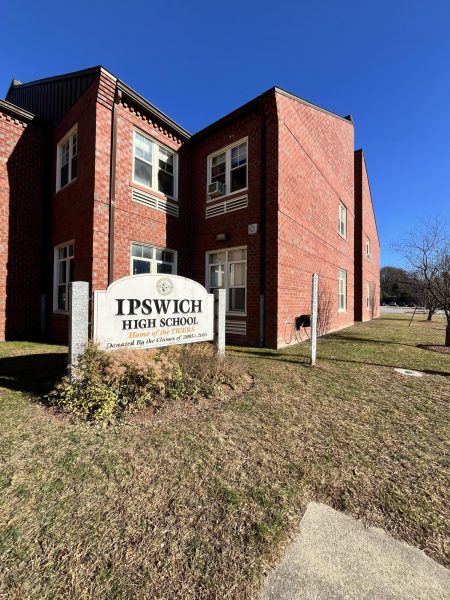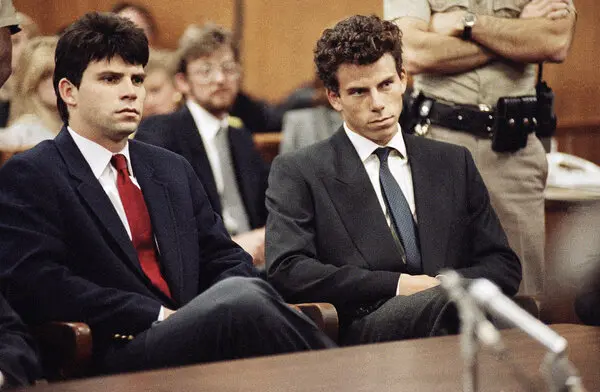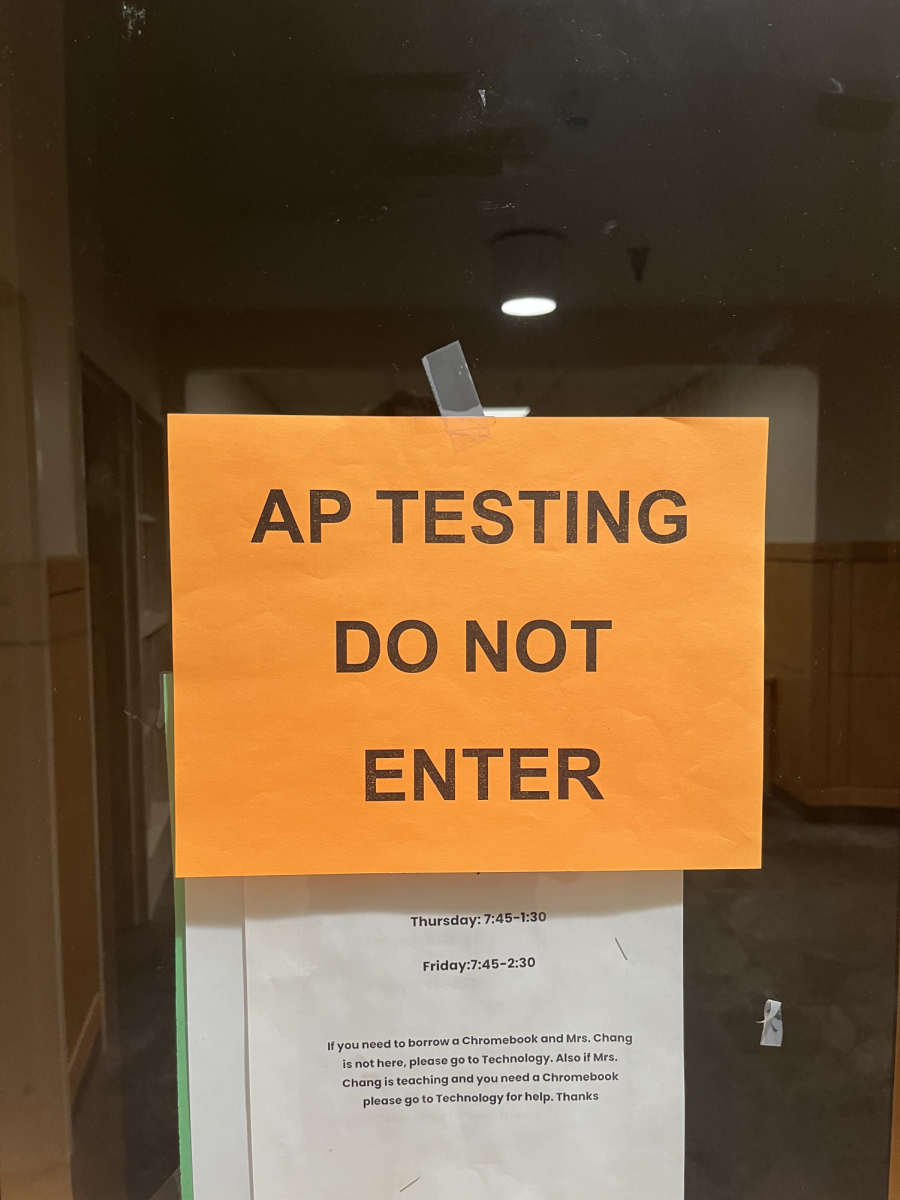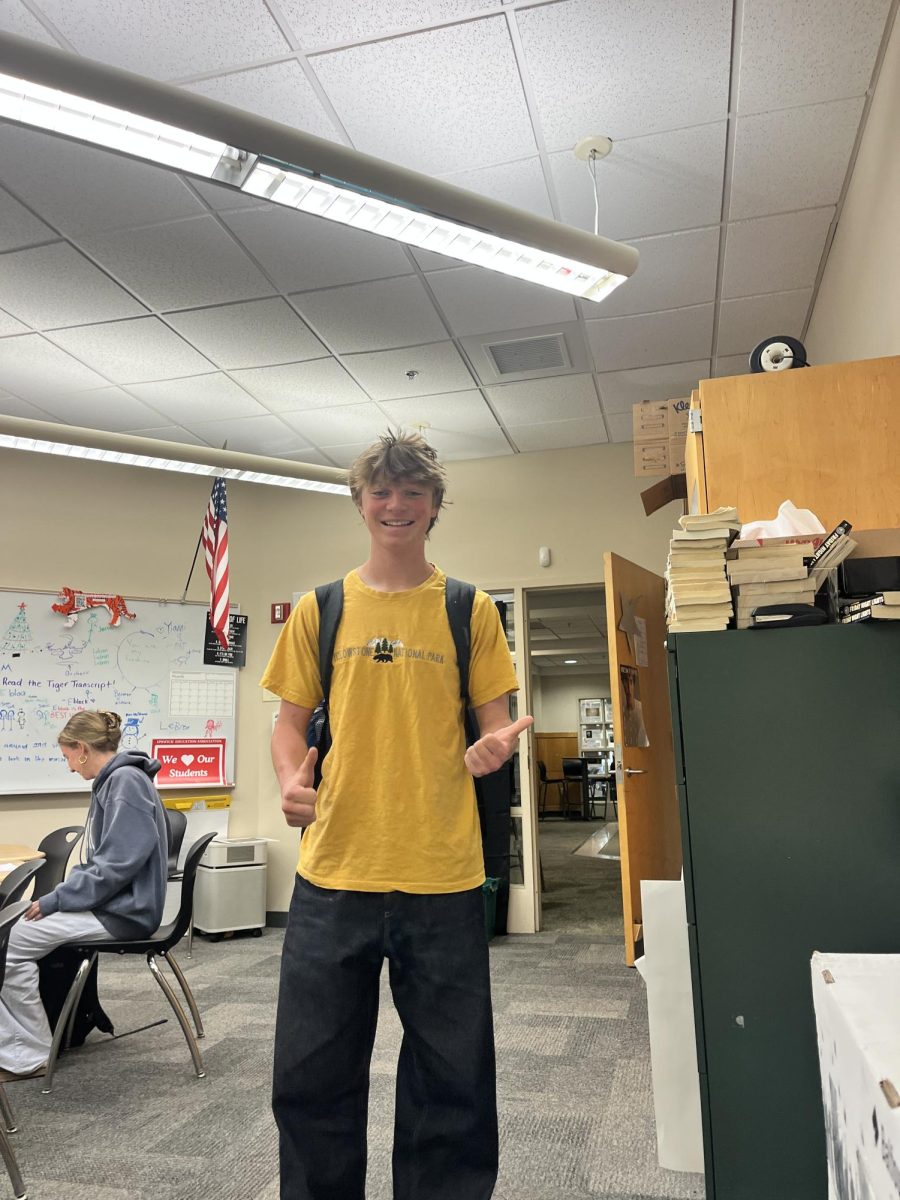Are restorative circles beneficial or an example of lenient discipline? There has been a lot of information released on restorative circles in recent years. Some express that there should be correct action for discipline and that “the only way a school is going to be calm and orderly is if there’s a schoolwide approach to discipline that’s enforced consistently and uniformly,” as said in an article released by Thomas B. Fordham Institute. But some also say restorative circles aren’t necessarily about being more lenient on discipline; they’re more about addressing the root causes of behavior and repairing that harm.
It is clear that individuals may have different opinions on this topic. Some schools may be perceived as using restorative circles as a more lenient option than, say, suspension. As written in the Thomas B. Fordham Institute, “When policies bar schools from using suspensions and instead make them rely on soft approaches like ‘positive intentions and supports’ or ‘restorative justice,’ then misbehavior, bullying, classroom disruptions, and more severe behavior all flourish.” But some schools may use these circles as a way to build community and accountability. As written in NEA Today, “Restorative justice practices decreased out-of-school suspensions by 18 percent and improved students’ perceptions of school climate.” It is  possible that these circles are more so being used to repair harm, not lessen the consequences. As for Ipswich High School, it seems as though vice principal Mrs.Collura has her own take on this practice.
possible that these circles are more so being used to repair harm, not lessen the consequences. As for Ipswich High School, it seems as though vice principal Mrs.Collura has her own take on this practice.
As I spoke with Mrs. Collura, I gained some insight into her thought process behind the Ipswich High restorative circles. She explains that the main purpose of using this practice at our school is to build community and give students “a way to have a conversation and create a brave space.” She also says that “you have to do the community building first before restoring” and that “you cannot really use it for discipline unless you first use it to build community.” Collura describes how the school “uses it as a way to prevent suspension in the future, not to use it instead.” It is very clear that here at Ipswich High, these circles are strictly used for conflict resolution and repairing the community, not a less punitive approach to discipline.
Furthermore, I talked with a teacher from Ipswich High School, Mrs. Moran, who also gave me some input in regard to this dispute. I asked her about her experience using restorative justice, and she said she tries to use it “as a way to build community.” She talked about how she wants to “make sure kids feel connected and that someone is listening to them.” She told me that she had noticed a change in students’ behavior after the restorative circles started. She said that now “people have a safe place to talk about behavior.”. While restorative circles are viewed as a way to replace punitive forms of discipline, it is also said that “restorative circles are equally important in proactively building the relationship and skills students need to support one another and collectively
In closing, it appears that restorative circles are far more beneficial than merely a lax approach to punishment. They attempt to repair harm and promote community. All impacted parties gather in a restorative circle to talk about the event, express their emotions, and work together to determine how to make things right and avoid such problems in the future. When I first heard about these circles, I thought they were used in place of punishment. After learning more about the practice, I’ve discovered that they’re utilized somewhat differently. In order to reduce interpretations and increase facts, I believe that educators and students should receive more restorative justice education.






